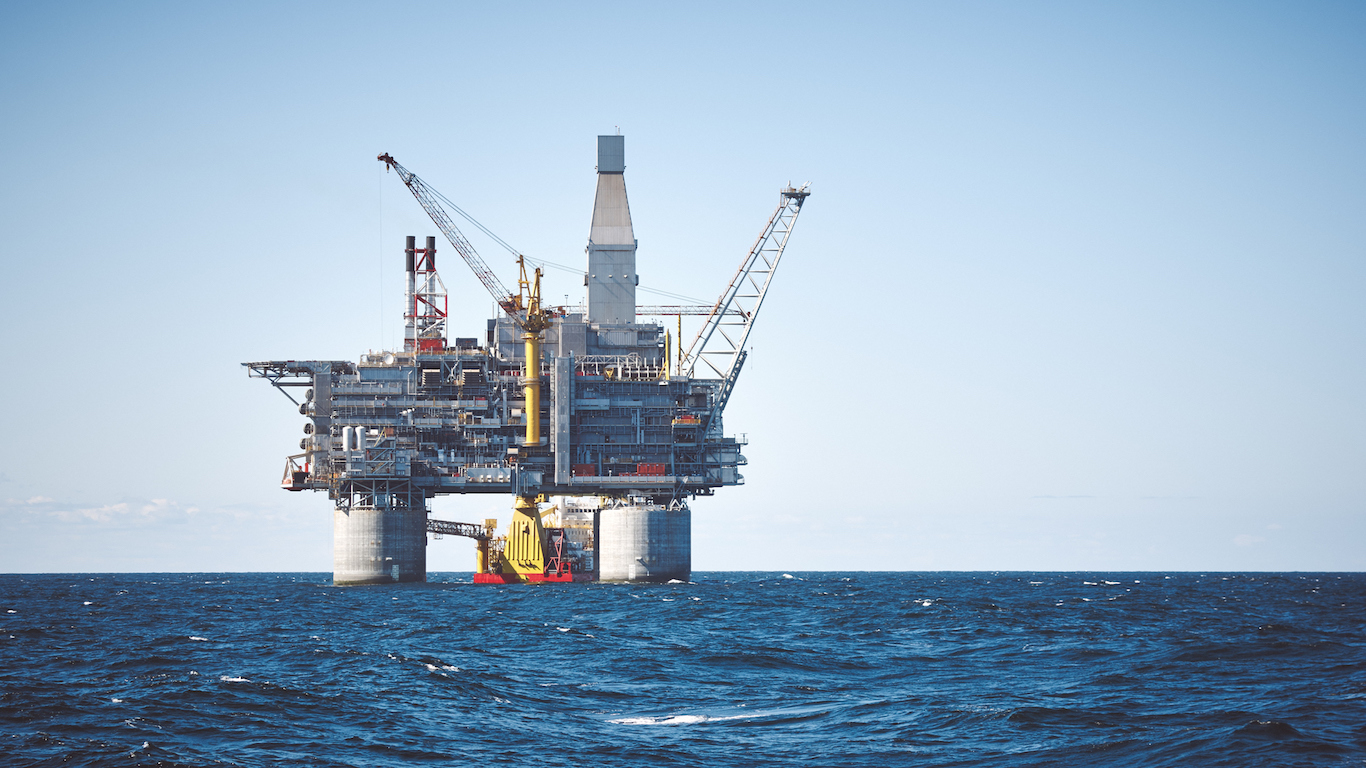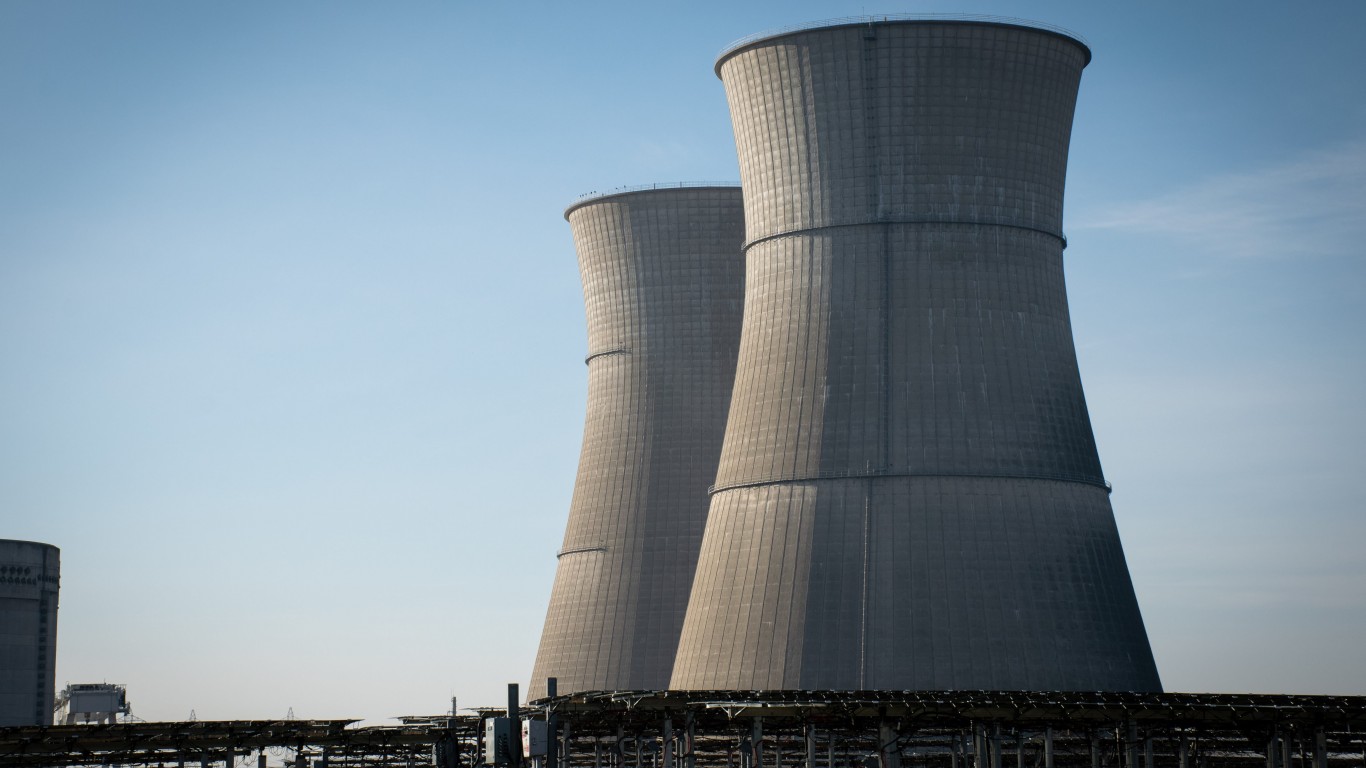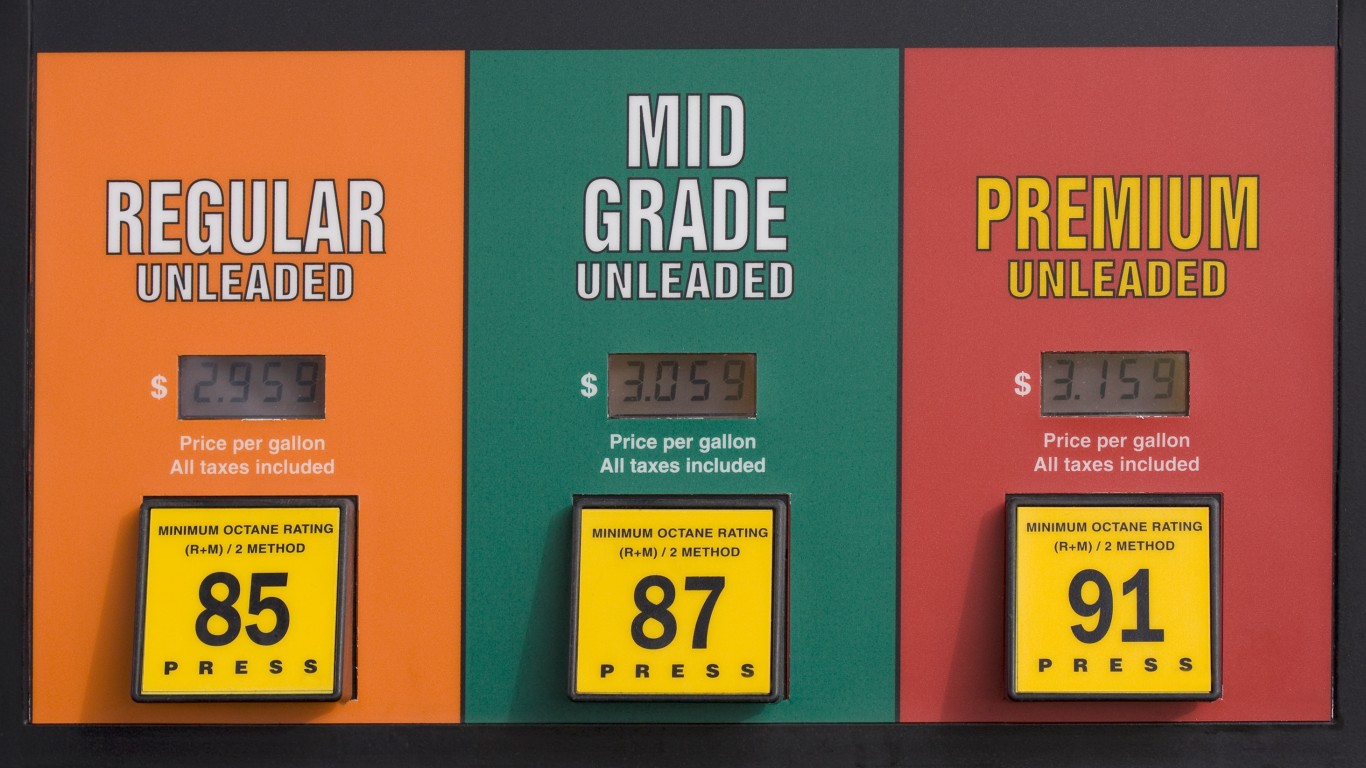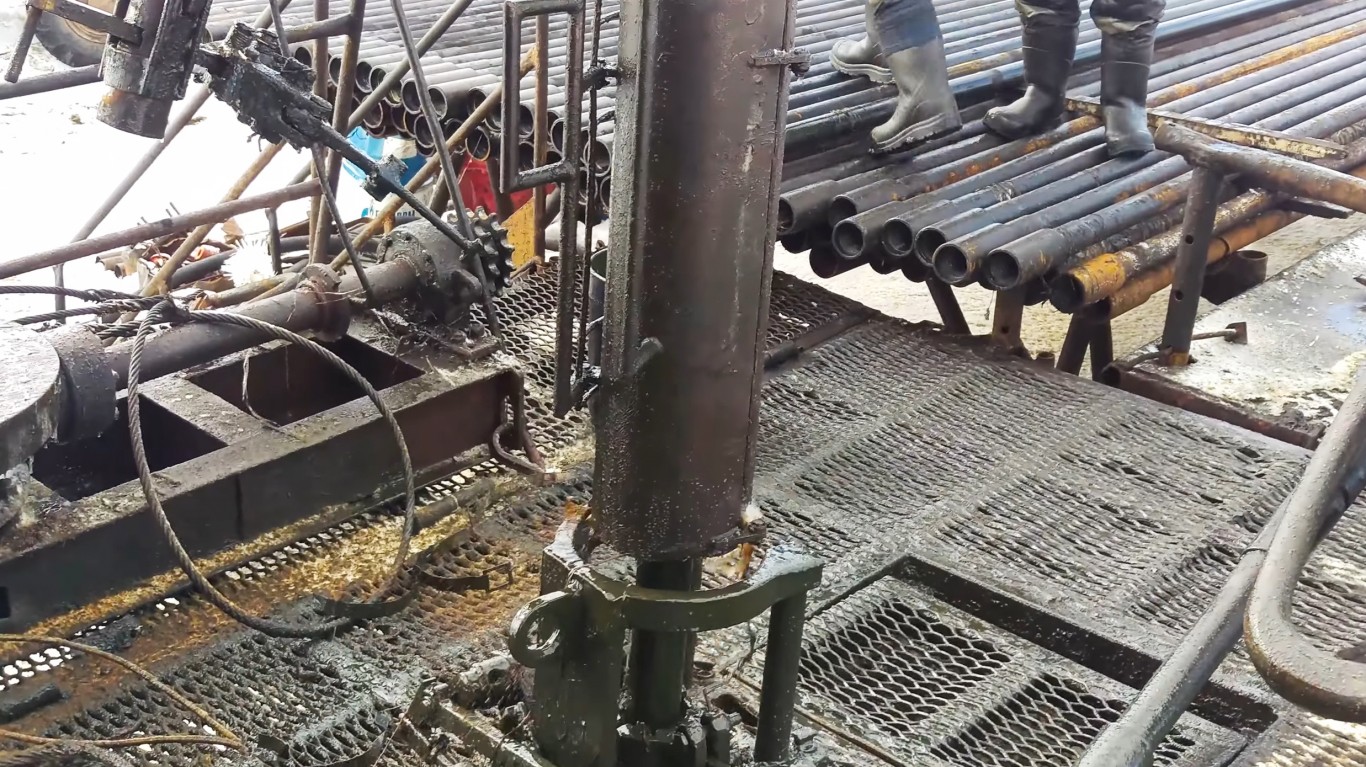
Last November, the Department of Interior’s Bureau of Ocean Energy Management (BOEM) offered more than 80 million acres of the outer continental shelf in the Gulf of Mexico for oil and gas development. The sale was vacated by a federal district court due to a flawed environmental study. The case went to the appeals court in June, but a ruling has not been issued.
The results of the sale were reinstated in the Inflation Reduction Act that Congress passed last month. The bill also included three additional lease sales in the Gulf over the next year.
On Wednesday, BOEM announced that it had officially accepted 307 of the highest valid bids, totaling $189,888,271 for leases on approximately 1.7 million acres. A total of 33 companies participated in the bidding, and high bids totaled $191,688,984 (one bid was declared to be invalid).
In June of 2012, BOEM offered to sell 39 million acres in the Gulf and received bids from 56 companies, totaling just over $2.6 billion for 2.4 million acres leased.
Comparing the two sales implies a lot about the offshore oil and gas exploration business. The highest bid for a block in 2012 came from Statoil (Norway’s state-controlled oil company that now has a new name, Equinor). The company bid $157 million for a single block. The highest bid in last November’s auction was barely over $10 million. Equinor bid on one block and won the lease with a bid of $2.05 million.
The high bid in November came from the Anadarko subsidiary of Occidental Petroleum. Of the 10 single highest bids of the sale, Chevron made four, totaling about $15.9 million, and Anadarko made three, totaling about $19.5 million. No other company made more than one.
Exxon Mobil made and won 94 high bids, each for $158,400. Each winning bid included a tract of 5,760 acres for which the company must pay a royalty of 12.5% based on the amount of energy produced. Exxon spent $14.9 million on winning bids. Chevron made and won 34 high bids totaling $48.3 million.
The most obvious difference between the bids made 10 years ago and last year is the difference in the total value of the leases. In 2012, the average sale price per acre was around $1,040. In 2021, the lease sale price was around $113 per acre.
That could mean that the leases on offer last year are not expected to produce much, either because the estimated deposits are not very large or because oil and gas companies do not want to wager a lot of money on assets that eventually may be stranded.
Last November’s auction occurred before the Russian invasion of Ukraine threw the global energy market for a loop. The next sale will occur before the end of this year. Will the leases be more or less expensive? And who will be buying?
Are You Still Paying With a Debit Card?
The average American spends $17,274 on debit cards a year, and it’s a HUGE mistake. First, debit cards don’t have the same fraud protections as credit cards. Once your money is gone, it’s gone. But more importantly you can actually get something back from this spending every time you swipe.
Issuers are handing out wild bonuses right now. With some you can earn up to 5% back on every purchase. That’s like getting a 5% discount on everything you buy!
Our top pick is kind of hard to imagine. Not only does it pay up to 5% back, it also includes a $200 cash back reward in the first six months, a 0% intro APR, and…. $0 annual fee. It’s quite literally free money for any one that uses a card regularly. Click here to learn more!
Flywheel Publishing has partnered with CardRatings to provide coverage of credit card products. Flywheel Publishing and CardRatings may receive a commission from card issuers.
Thank you for reading! Have some feedback for us?
Contact the 24/7 Wall St. editorial team.
 24/7 Wall St.
24/7 Wall St.



